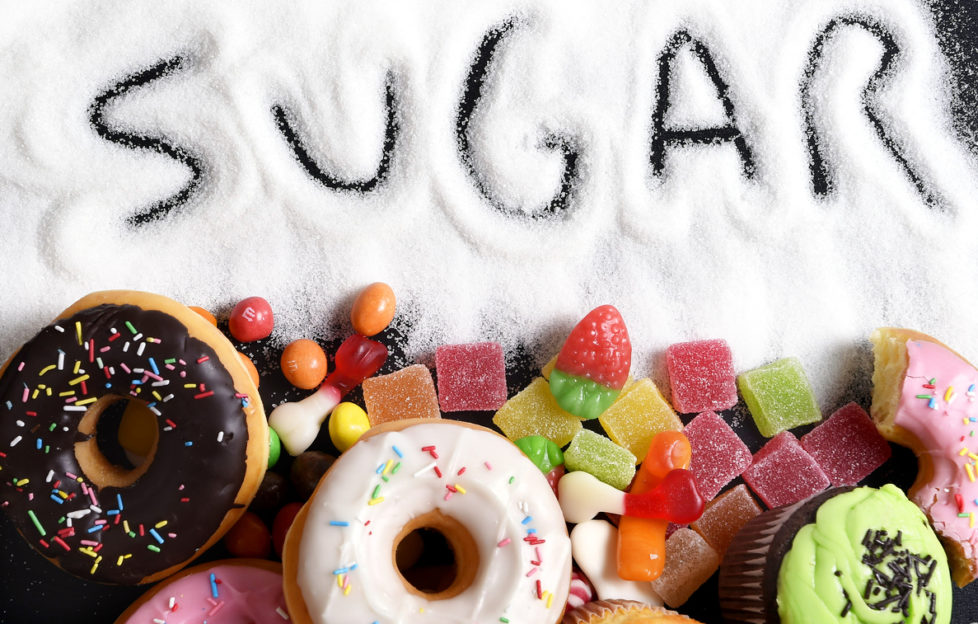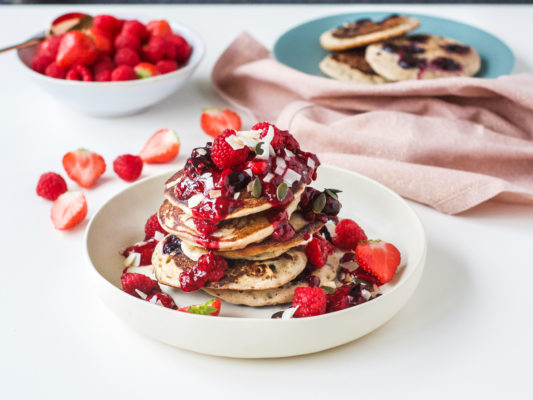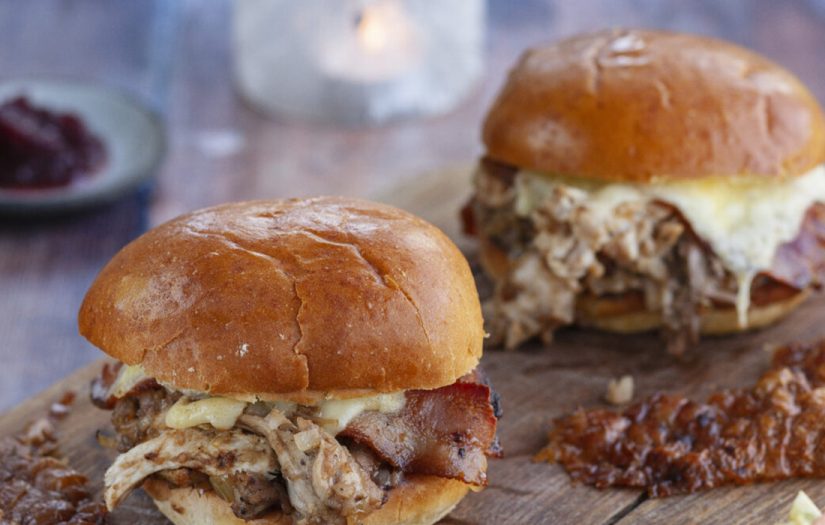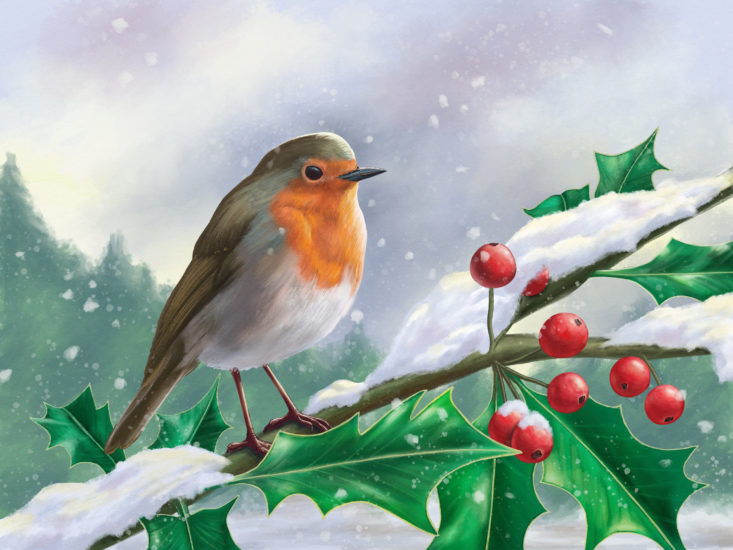
If you’re still working your way through the festive chocolate boxes, then tips for cutting back on sugar may be welcome news.
The Food Medic has some helpful advice here and a lovely fruity recipe to share with “Friend” readers.
You might be thinking, hey, why all the fuss about reducing sugars? First things first, sugar is not poisonous or toxic, nor is it uniquely to blame for obesity or poor health. However, we could generally do with consuming less “free” sugars.
The Scientific Advisory Committee on Nutrition (SACN), a committee of independent experts that advises the Government on nutrition issues, recommends that the average intake of free sugars should not exceed 5% of total dietary energy intake, as they can contribute to excess calories in our diet, as well as tooth decay. But what are free sugars and how might we limit our intake?
What Are Free Sugars?
Free sugars includes sugars added to food and drinks by the manufacturer, cook or consumer, but also includes “natural sugars” found in honey, syrups and juices. These are sugars we generally need to eat less of. Sugars found in fruit and vegetables, grains and cereals or lactose naturally present in milk and dairy products are not included in this.
How Can I Cut Down?
Most of the free sugars we consume come from sugars that we add to food and drink, including fizzy drinks and juices, jams and condiments, biscuits, pastries and cakes. There’s no need to totally avoid these foods completely, but you can reduce the amount of free sugars in your diet by basing your meals on fibre-rich, carbohydrates such as brown rice and sweet potatoes, protein-rich beans and pulses, essential fatty acids from oily fish and flaxseed, and a variety of colourful fruit and vegetables, such as berries and leafy greens.
Helpful Tips
- Make your own chia jam – Although there is nothing quite like old-fashioned jam, it does contain quite a lot of added sugar. Chia seed jam is a quick, low-sugar alternative to regular jam. All you need is a punnet of berries and a tablespoon of chia seeds. You can whip this up in 5 minutes and have an incredible, homemade jam in your fridge for up to two weeks! Simply stew in a pot with 2 tablespoons of water over a medium heat. Cook until the fruit breaks down and becomes syrupy (5 to 10 minutes). Mash the berries with the back of a wooden spoon and stir in the chia seeds. Cook for another 2-3 minutes then remove from heat and let stand for 5 minutes, until thickened. If you’d like a thicker consistency, especially with very juicy fruits, stir in more chia seeds 1 teaspoon at a time. Once the jam has cooled to room temperature, transfer it to a clean jar.
- Many breakfast cereals are quite high in sugar, including those marketed to be “healthier” options. One way to reduce your sugar intake at breakfast time is to swap to lower-sugar cereals such as plain porridge oats. You can make it just as, if not more, satisfying and delicious by jazzing it up with some warm berries, cinnamon and chopped nuts.
- Smart snacking – despite their healthy image, many cereal bars and “energy” balls are often pretty high in sugar and fat. Instead of trying to navigate the snack aisle, plan ahead and make your own snacks to take with you – it’s also a great way to save money. How about your own DIY trail mix made with a small handful of chopped nuts, fresh berries, and a square or two of dark chocolate roughly chopped?
- A large proportion of the added sugar in our diets comes from sugar sweetened beverages such as fizzy drinks and juices. If swapping to water isn’t something you feel particularly excited about, you could try flavouring it with a herbal tea bag, a handful of chopped strawberries or cucumber, or simply just mint.
- There is also sugar added to some savoury foods – what some people call “hidden sugars” – such as in condiments, sauces, and ready meals. This is usually to improve taste and texture but it can mean you’re consuming some extra sugar. By making your own sauces at home, and cooking from scratch as much as possible, you are likely to reduce the amount of added sugar in your meals.

Blueberry Buckwheat Pancakes With Berry Compote
Serves: 2
INGREDIENTS
- 1 ripe banana
- 250ml milk of choice
- 1 tsp vanilla extract
- 1 tbsp olive oil
- 120g buckwheat flour
- 1 tsp baking soda
- 1 tsp cinnamon
- Pinch salt
- Handful blueberries
For the compote:
- 200g fresh raspberries/strawberries/blueberries
- Juice of ½ a lemon
- 1 tsp vanilla extract
INSTRUCTIONS
- Mash the banana and then whisk it together with the milk, olive oil and vanilla extract.
- Add the buckwheat flour, baking soda, cinnamon and salt and mix until thick and gloopy.
- Add a little oil to a non-stick pan on a medium heat, then spoon 2 tbsp of your batter into the pan to form the pancakes. Cook as many as your pan can fit at a time. Drop 4 or 5 blueberries into each pancake and when they start to bubble, flip them over, cooking for a further 2 minutes until golden. Repeat with the whole mix.
- Whilst the pancakes are cooking, add the berries to a small saucepan, along with the lemon juice & vanilla extract & allow to heat very gently, stirring from time to time.
- Once all the pancakes are cooked, stack them high & top with the compote and any toppings of your choice.




